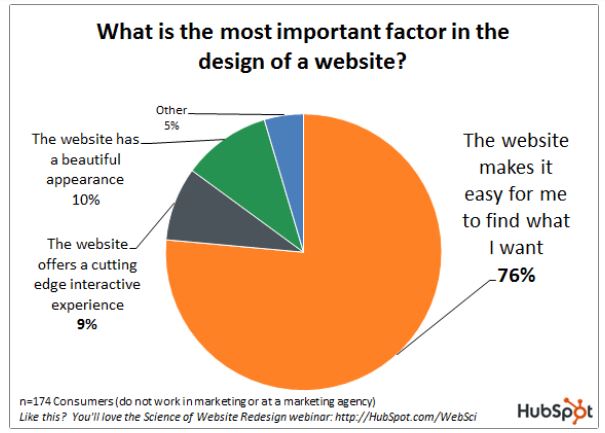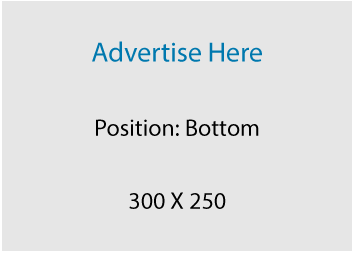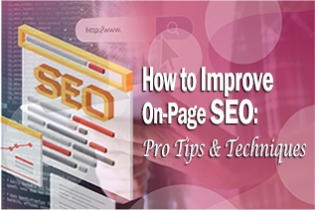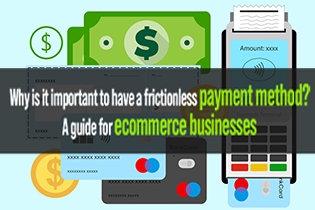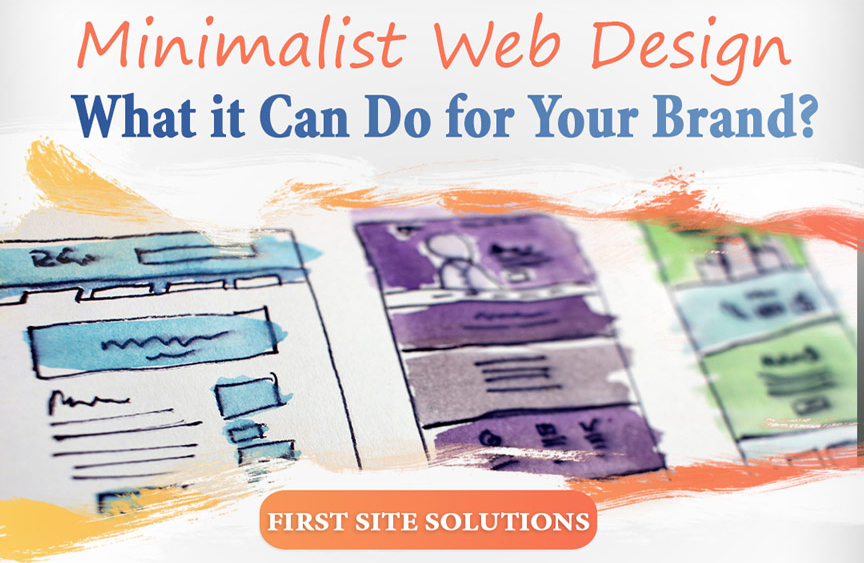
Remember when the Apple logo came out for the first time, people were musing?
“Why is there a bite in the Apple?”
Most people did not consider the impact Apple was going to create on the world of personal computers or the dream that Steve Jobs carried.
All they cared about initially was why the logo had a bite.
While Apple had its philosophy of changing from the initial Newton under a tree logo, the bite in the apple set the fruit apart from a tomato.
And if you really think about it, it had people talking about the company:
Just what any logo should do.
Website is Your Representative
But just like a good logo, a good website is an essential part of any business’s presence today.
According to statistics, a massive 97% of consumers searched for products and services online! Try some more on for size, about 37% of people use the internet to find a store, and 91% of people visit a store precisely because of an online experience.
Whether you like it or not, your website forms an essential function of what your business stands for. About 70%-80% of people will research your company online before they make a purchase decision.
So, there is no longer a question of whether your business today needs a website or not.
It does!
The question is, what should it look like?
Web Design is Important!
The technical term for what-your-website-looks-like is Website Design.
To discuss it in more detail, the website design of any website pertains to its user experience dimension. The other aspect is the software development dimension that deals with its coding and other technical elements.
But since your website is the representative for your business, it is essential to realize that it should always be presentable.
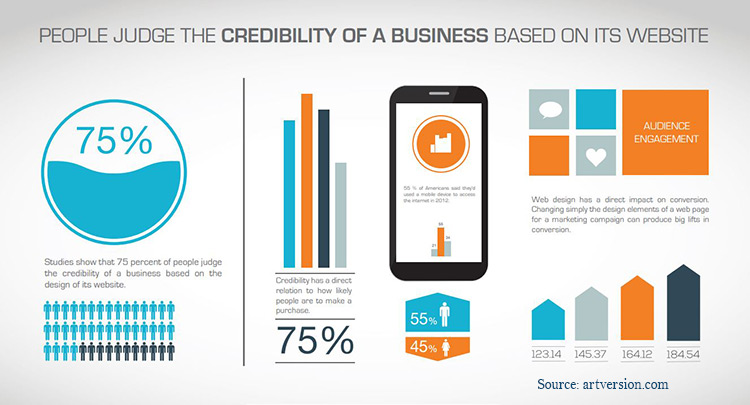
Several statistics dictate the importance of having an aesthetically appealing website design. As the statistics above reveal, around 94% of first impressions about your website are design related. And you know what they say, “first impressions are last.”
Not just that, about 75% of people will make a judgment about the credibility of a business based on the design of that website (seriously duh! But a bitter reality!).
But that is not all, and the website design also dictates whether a customer continues to browse your website or not.
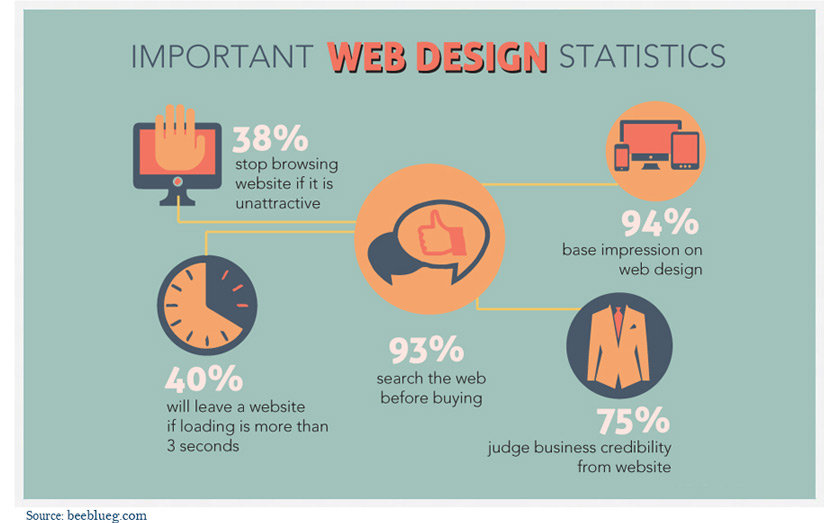
While some may come to believe that web design is all about the look of a website, it is not. Functionality has a major role to play.
Nobody likes website that acts like a sloth. The loading speeds has a huge part to play in web design. 40% of people will leave a website that takes more than 3 seconds to load.
Now! Surely you don't want that happening!
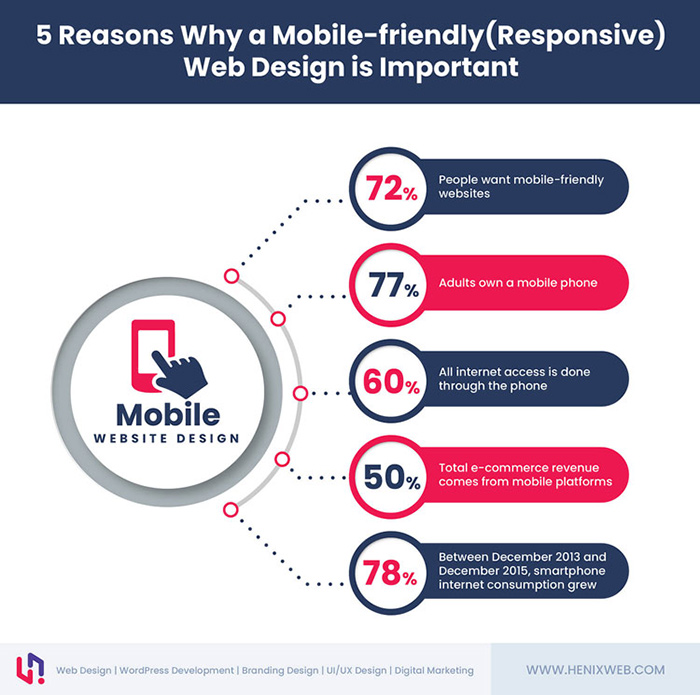
Yet again, if you made the mistake of believing that that is all there is to web design, think again.
With recent dependence on cellphones rising, a crucial aspect of web design is mobile compatibility. Whether your website design is responsive enough and loads at the same speed will have a significant bearing on whether the 62% of mobile traffic on the internet will stop on your website or not.
Minimalism in Web Design
But while web design has a comprehensive definition, website creators are often confused at what they should focus on during their website creation process.
In that context, one of the most trends in web design today is flat designs. These are designs that are simple and yet eye-catching.
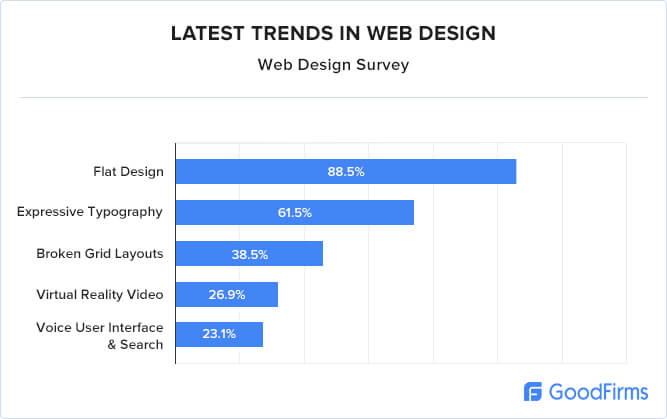
This very trend highlights a vital aspect of the web design domain. The element of minimalism. And honestly, the minimalistic design seems to make the most sense. Why?
Simply because people believe that the essential factor in the design of a website is how easy the website makes it find what they want.
With that said, wouldn’t it be easier to do everything on a website when the design was as simple as it could get?
However, in considerations of the factors that influence the cost of web design, features and functionalities have the most weightage. But the more functionality you add, the less minimal your design is.
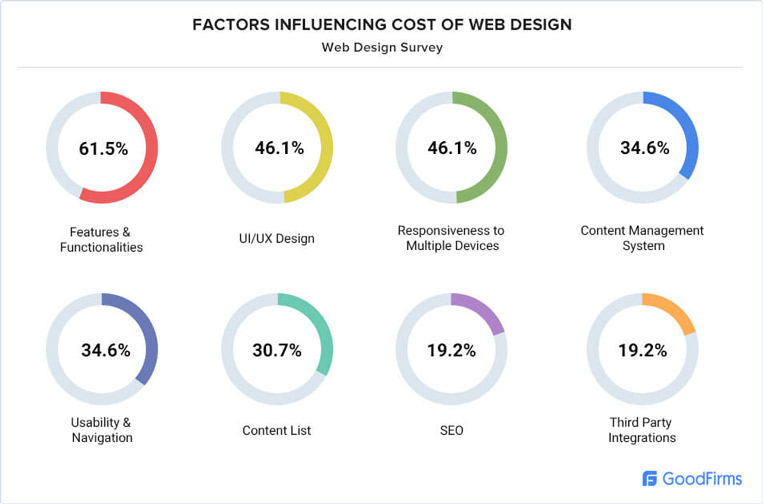
Your Choice Translate to Benefits
The decision of features, functionalities, and several other factors will all vary from project to project. However, the benefits to be gained out of a minimal design surely make it worth getting. These benefits include:
1. Speed
One of the clearest benefits of minimal design is that a minimalistic website offers faster speeds. With this quicker speed, you drastically reduce the bounce rate on your website and retain customers.
In the longer run, this very speed and ease of use ensure that the number of people on your website makes their purchase. Hence, you amp up your conversion rates and revenue.
2. Easier to Build
Another apparent benefit of the minimalistic design is that the design is much easier to build. With lesser things to add to your website, it is evident that you will need to put in lesser work to make a functional website.
Besides, in cases of any bugs, the website is much easier to fix and costs much lesser to host. As a result, your server has more free space, and your website loads even faster.
3. Easier to Use
Remember how people gave the most credit to how easy the website made it get work done? Think about that and imagine what the most crucial benefit of a minimalist website could be. Of course, being more comfortable to use means that visitors will keep coming and increase conversion rates.
Closing Thoughts
While it seems somewhat common for most websites to add as many features as possible!
The gist of the matter is that most of those features will never even be used by your everyday visitor. A better strategy then is to ensure that your design is minimalistic and attracts more and more people to your website.

